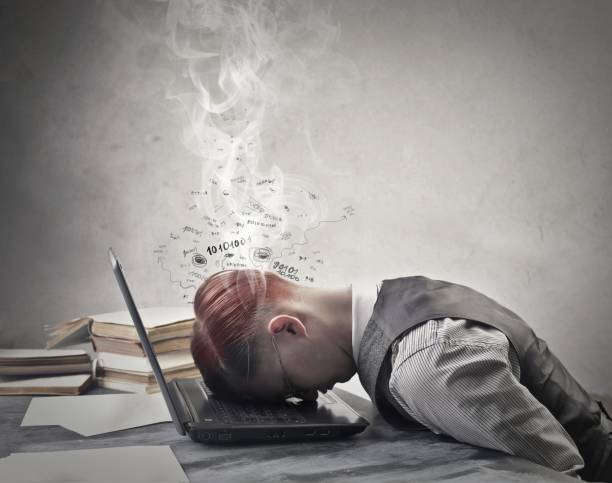Many individuals leave university motivated to build a meaningful career. They enter the workforce with clear goals and put considerable effort into each task. At first, they meet responsibilities with commitment and energy. Over time, though, some begin to feel worn down. Their motivation drops, they call in sick more frequently and their general mood shifts.
These changes often indicate something more than temporary stress. They are early signs of mental burnout. This section examines what burnout involves, how it develops and what you can take from it to improve your working life.
What Is Mental Burnout?
Burnout describes a state of sustained emotional, mental, or physical fatigue caused by long-term pressure or unmanageable workloads. Although not officially classified as a medical condition in many regions, burnout has serious consequences for health and performance.
Across various countries, individuals under consistent work-related stress report higher levels of emotional exhaustion, illness and in some cases, suicidal thoughts. In workplaces across Europe and beyond, burnout contributes to high turnover, frequent absences and premature exits from the profession. Students at university also experience burnout. A recent UK-based survey found that more than 75% of students identified academic work, financial stress and personal pressure as their top sources of distress.
Three Key Insights About Mental Burnout
-
Burnout and Depression Often Overlap
Burnout usually stems from work-related stress, while depression tends to affect multiple areas of life. Still, the symptoms often appear alike – low energy, emotional disconnection, irritability and difficulty managing daily tasks.
Burnout can increase vulnerability to depression if left unaddressed. The work itself might not be the core issue, but persistent strain and lack of recovery can erode wellbeing over time. Recognising this overlap allows for earlier intervention and more effective responses.
-
Burnout Requires Active Recovery
Waiting for burnout to resolve itself rarely leads to improvement. Temporary breaks might offer short-term relief, but without tackling the underlying causes, the problem usually returns or worsens.
Acting early makes a difference. Adjust your workload, set firmer boundaries, seek support, or change your working routine. The recovery process may be gradual, but committing to it early helps prevent further decline and improves long-term outcomes.
-
Certain Behavioural Habits Can Increase Risk
Some personality traits and working styles raise the likelihood of burnout. For instance, people who set high internal standards or struggle to delegate may place excessive pressure on themselves, especially when working with less driven colleagues.
Those who focus heavily on problems, without acknowledging progress, may struggle to stay engaged. While these tendencies aren’t negative on their own, unmanaged, they can contribute to a cycle of dissatisfaction and emotional fatigue. Reflecting on how you respond to pressure and interact with your environment can help reduce that risk.
Many people equate their self-worth with their work. When expectations grow unchecked or support systems fall short, that relationship can become harmful. Burnout is not only a personal challenge, but it’s a structural and cultural issue that demands action.
Recognise when your working patterns start harming your wellbeing. Speak with your line manager, use available wellbeing resources, or consult a professional. Don’t wait for burnout to resolve itself; take steps to address it.
You can recover and you can rebuild a healthier way of working.

Elena Eleftheriadou is an Executive Coach and Integrative Therapist with a purpose and passion to help people communicate more effectively, diminish stress and anxiety and prevent burnout to improve their work-life balance.

